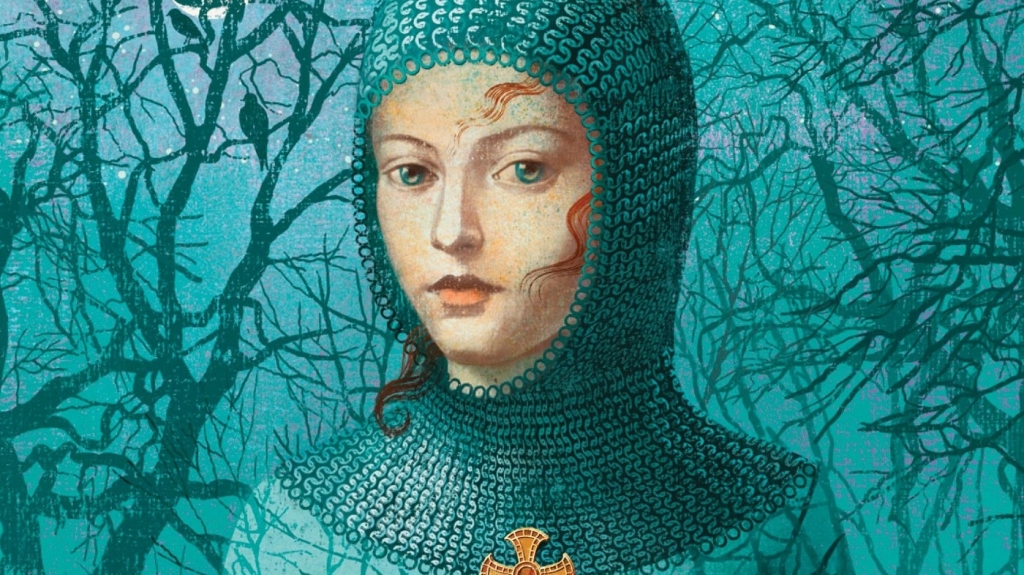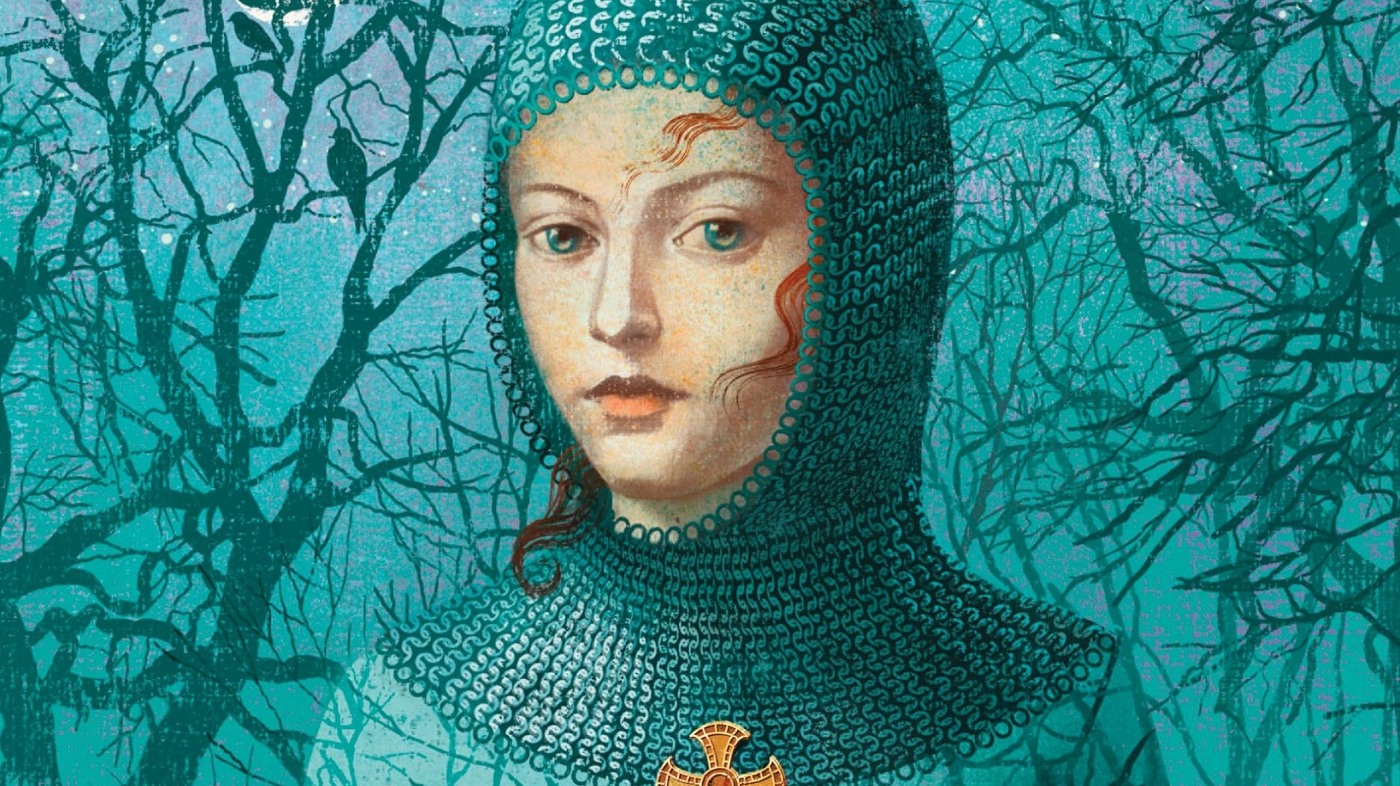I finished my year of reading only women challenge at the end of April. I’ve been trying to assemble my thoughts since then. In some ways, it has helped to have a couple months of reading both men and women to get them sorted it out. What follows are some notes about my reading list and then some thoughts about “what does it all mean.”
Reading List
If this is the first time you’re reading about this here are my previous blog posts: first post second post third post fourth post.
The tl;dr version of those posts:
The original idea for only reading women came from a handful of articles I read in early 2015 about reading only women, or only people of color, etc. I didn’t act on the articles, but I thought it sounded interesting and I filed it away in my head for future consideration. In April of last year, I read the Harry Potter series and then a few more books by women, and I realized that I was already two months into a year of reading women so I decided to see it through.
Eventually, the goal became to shake off whatever mental blinders I have in my reading decisions. To be clear, I did read women before this year, of course. But because I was able to track my reading through Goodreads, I discovered that women only represented 25% of all the books I read over the last few years. That pretty closely matched a lot of stats on bias in the publishing industry, but also suggested I have my own bias that needed to be addressed.
Anyway. That was the goal: read books only by women for a year, starting in April.
I ended up reading 35 books in 52 weeks, with authors from all ends of the spectrum. This was intentional. I didn’t want to read just “serious books” or just classics. My reading tastes are eclectic and so my year of reading women was as well.
I read American writers and international writers. Some books were by women of color, some by long dead white women. At least one book was written by a teenager (Mary Shelley started writing “Frankenstein” at age 18) and at the other end of the spectrum, I read “The Year of Magical Thinking,” which Joan Didion wrote at 71. Some of the books I picked were real literature. Others were self-published or genre fiction: urban fantasy, science fiction, and mysteries. Some were classics, some were written during the last year. In general, that’s basically what I read in any given year anyway, with the only difference being that this year they were all written by women.
Here’s the full list:
- Harry Potter series by J.K. Rowling
- “Daughter of Fortune” by Isabel Allende
- “Beautiful Music for Ugly Children” by Kirstin Cronn-Mills
- “The Secret History” by Donna Tartt
- “Station Eleven” by Emily St. John Mandel
- “Strong Poison” by Dorothy Sayers
- “Hild” by Nicola Griffith
- “Ripley’s Game” by Patricia Highsmith
- “Fairest” by Marissa Meyer
- “The Year of Magical Thinking” by Joan Didion
- “The Girl on the Train” by Paula Hawkins
- “Wild” by Cheryl Strayed
- “The House of Mirth” by Edith Wharton
- “Justice Calling” by Annie Bellet
- “Fangirl” by Rainbow Rowell
- “My Brilliant Friend” by Elena Ferrante
- “Parable of the Sower” by Octavia Butler
- “Winter” by Marissa Meyer
- “Big Magic: Creative Living Beyond Fear” by Elizabeth Gilbert
- “State of Wonder” by Ann Patchett
- “Murder of Crows” by Annie Bellet
- “Cocaine Blues” by Kerry Greenwood
- “Spinster: Making a Life of One’s Own” by Kate Bolick
- “The Round House” by Louise Erdrich
- “Frankenstein” by Mary Shelley
- “Mary Poppins” by P.L. Travers
- “Gone with the Wind” by Margaret Mitchell
- “The Writing Life” by Annie Dillard
- “The Shining Girls” by Lauren Beukes
(This list would have been longer if I hadn’t included all 1,000 pages of “Gone With the Wind” on it. Ah well.)
“So what did it all mean?”
I read widely. I love finding a new book, a new style, a new voice, I haven’t read before. I used to always try to read books that people said was their favorite. You will find a lot of new and interesting books that way. (I read “Anne of Green Gables” that way, a book I likely never would have picked up as an adult.)
What is interesting to me is how this year-long reading challenge really did help me “reset.” My Goodreads recommendations are filled with more books by women because it makes recommendations based on what I read. Out of the 35 books I read, more than 20 were by authors who were new to me. A bunch of them have more books I want to read, so my To Be Read pile has a lot more women in it than ever before. In other words, I could probably read books unconscious of the gender of the author for awhile and have a way better ratio of men to women simply because of this past year.
One thing I appreciated, too, over the year was that I rarely winced. I didn’t quite realize this at the time, but in May and June I read two space opera novels written by a man. I thought they were good, but I found myself grimacing a lot about some of the stereotypical decisions made by the author. The women were all gorgeous (of course). One of them slept her way to the top. The book was set in 2380 and yet somehow terrible bar pickup lines were still bantered around. There were surprisingly many moments when I found myself rolling my eyes at the author’s decisions. This just didn’t happen much in the year before, when I was reading books by women. (The glaring exception to that statement is “Gone With The Wind,” which was so racist at times that I almost abandoned it. Only the quality of her writing and storytelling about Scarlett and Rhett made me persevere through those passages.)
Another good example of what I mean might be “The Shining Girls” by Lauren Beukes, which I read right at the end of my reading challenge. The book is about a time traveling serial killer. Most serial killer novels seem to be written by men. If you don’t know, a common trope of a serial killer novel is to give you several chapters from the point of view of the killer. It can be really difficult to read the scenes where the straight male author puts you in the head of the serial killer stalking a pretty young woman and not think, even just a little bit, that the author is fetishizing the murder or the stalking or the victimization of the woman.
“The Girl With the Dragon Tattoo,” is a good example of this. Because while Lisabeth Salander is a great hero and gives the book some (at least) feminist leanings, Larsson comes perilously close to reveling in the misogyny of his villains (the book’s Swedish title translates roughly as “Men Who Hate Women,” which is a far more apt title).
“The Shining Girls” avoids that trap. Even though all external elements are the same (a serial killer hunting young women) the author taps the fear without exploiting it.
Last thoughts
I love reading challenges. At one point, I alternated reading between classics and new books. For awhile, I alternated between books I’d recently purchased and books that had sat on my shelf for too long. I set a goal every year of how many books I want to read in Goodreads. This challenge, however, was distinct from all of those. It forced me to find books I may not have read otherwise, to confront my own biases in reading, and to better see the conventions and stereotypes in the books I do read.
It was a great year of reading.

